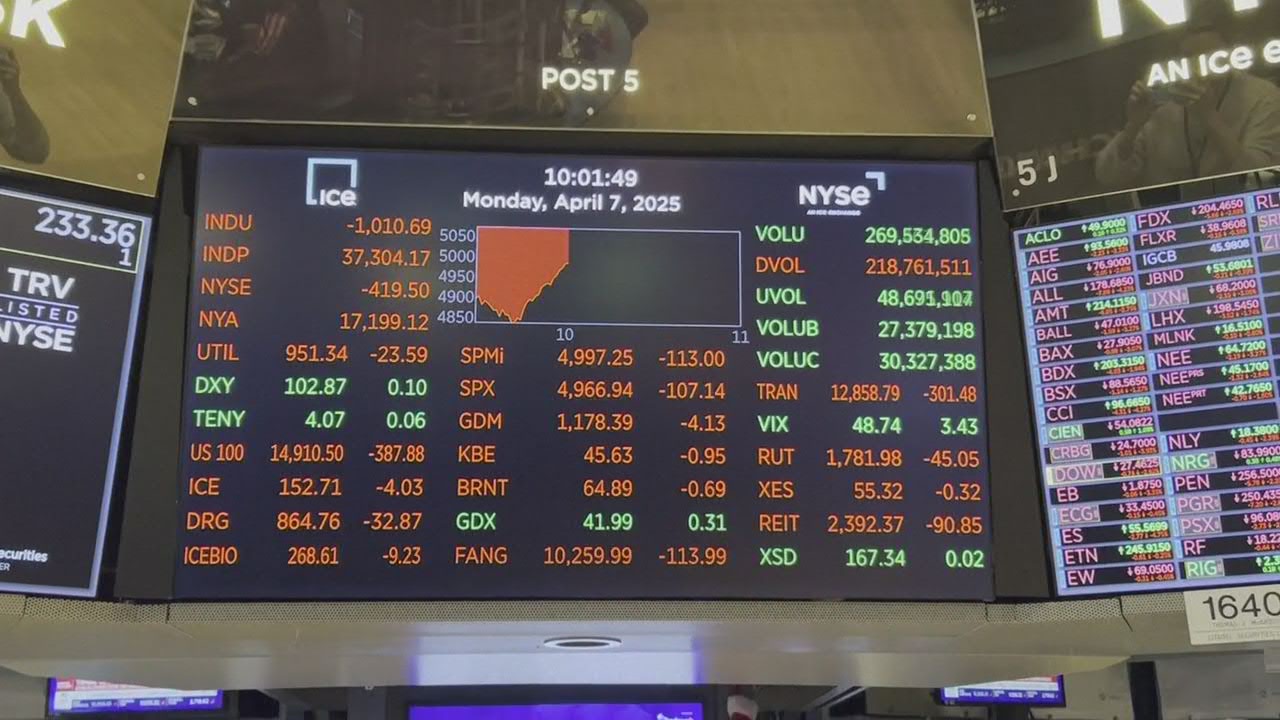U.S. and China Lower Tariffs in Landmark Trade Move
In a significant development, the United States and China have mutually decided to lower tariffs to 30% and 10% correspondingly over the course of the next three months. This decision comes after a series of negotiations in the ongoing U.S.-China trade dispute, which has seen numerous phases of tariffs accompanied by reciprocal measures. A quick historical background shows that within a three-month window, the tax levied on commodities imported into the U.S. from China experienced a steep hike from 10% in February to an astounding 145% by April.
In retaliation to this surge, China intensified tariffs on American imports with the inclusion of a hefty 125% tax on rare earth elements and magnets. These materials are crucial for weapon and electronics production. The rapid progression of events not only escalated trade tensions but also influenced the international trade dynamic, contributing to economic uncertainty across the globe.
However, the recent discussions held in Switzerland marked a shift in this intense trade standoff between the countries. Post discussions, both the United States and China consented to a 90-day ceasefire on the majority of the tariffs inflicted in the previous month, paving a way for a brief period of tranquility in the trade landscape.
As per the joint declaration made by the two countries, the aggregate U.S. tariff rate on Chinese commodities will be reduced significantly to 30% from the previous high of 145%. Similarly, China’s duties on U.S. goods will see a major drop to 10% from the earlier surcharge of 125%.
These collaborative declarations evidently indicate toward relaxing aggressive trade measures, hinting toward the possibility of the countries striving for a harmonious trade environment. Such multilateral negotiations facilitate the de-escalation of trade tensions and provide a potential pathway for productive discussions in the future.
In accordance with these announcements, U.S. stock markets displayed a positive sentiment. In the wake of the news regarding the reduction in Chinese tariffs, there was a noticeable rally in the U.S. stocks demonstrating the vibrancy and responsiveness of the financial markets to geopolitical events.
Prominent indices such as the S&P 500 and Nasdaq Composite showed an appreciable increase, each escalating by at least 3%. This regain in the markets mirrored the optimistic investor sentiment precipitated by the easing of trade tensions.
The Dow Jones Industrial Average also experienced a noteworthy lift, with a 2% gain recorded when markets wrapped up on Monday. This acceleration is a direct result of the positive news about tariff reductions, which are anticipated to provide an impetus to international trade between U.S. and China.
In essence, these fresh developments in the U.S.-China trade dispute serve as milestones in the tumultuous journey of their trade relationship. The mutual decision to lower the tariffs could be the stepping stone towards a more cooperative and balanced trade agreement between the two largest economies.
The 90-day pause gives both countries a window of opportunity to reflect upon their strategies and perhaps look for more sustainable approaches in resolving their long-standing trade dispute. This could potentially pave the way for a prolonged period of trade serenity, fostering economic stability and growth.
Yet, it’s worth noting that the road towards resolution is riddled with complexities. The upcoming days will unarguably be crucial in deciding the future trajectory of U.S. – China trade relations, as the world keeps a close watch on these dynamic developments.
Nevertheless, the joint declaration and its impact on the stock markets are encouraging signs. They indicate that pragmatic and diplomatic negotiations can facilitate in easing global economic tensions and foster cooperative international relations.
To conclude, this progression represents a beacon of hope amidst the tumultuous climate of global trade. As the ripple effects of these decisions continue to permeate the international community, it remains to be seen how this pause will translate into the broader scope of U.S.-China trade relations.

